All you need to chase the Northern Lights in Iceland
The Northern Lights in Iceland are one of the world’s most breathtaking natural displays — a dance of green, pink, and violet ribbons across the Arctic sky.
Free and exclusive discount codes for hundreds of tours and & travel services in Iceland
Subscribe to instantly receive discount codes for tours, car rentals, camper van rentals, and outdoor clothing rentals.
Thank you! ❤️
Jon Heidar, Editor of Stuck in Iceland Travel Magazine
The northern lights draw thousands of travelers to Iceland every year
Most of those who visit Iceland during winter hope to witness the unforgettable phenomenon of the northern lights. However, here’s my honest advice: don’t make the Northern Lights your only reason to visit Iceland. The aurora is unpredictable — that’s part of its magic. On cloudy nights or when solar activity is low, the lights might not appear at all. Still, every night spent looking for them is a small adventure filled with anticipation and wonder.
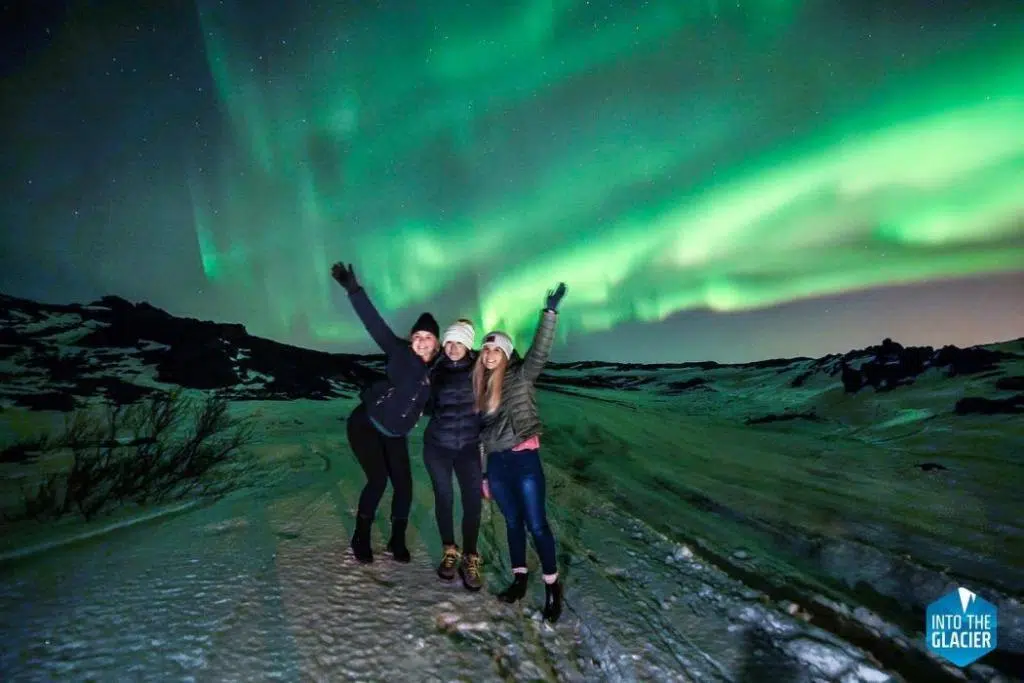
When and Where to See the Northern Lights in Iceland
The best time to see the Northern Lights is between September and April, when Iceland’s nights are long and dark. To increase your chances, you’ll need:
- Clear skies
- Minimal light pollution
- Patience and warm clothing!

If you’re staying in Reykjavík, you don’t have to go far. Head to the following places to see the northern lights:
- Grótta Lighthouse on the Seltjarnarnes peninsula
- Öskjuhlíð Hill, near Perlan
- Elliðaárdalur Valley, a quiet green area within the city
If you are outside of Reykjavik, head to the following places to see the northern lights:
For rural travelers, the South Coast, Snæfellsnes Peninsula, and Westfjords offer incredibly dark skies and dramatic scenery.
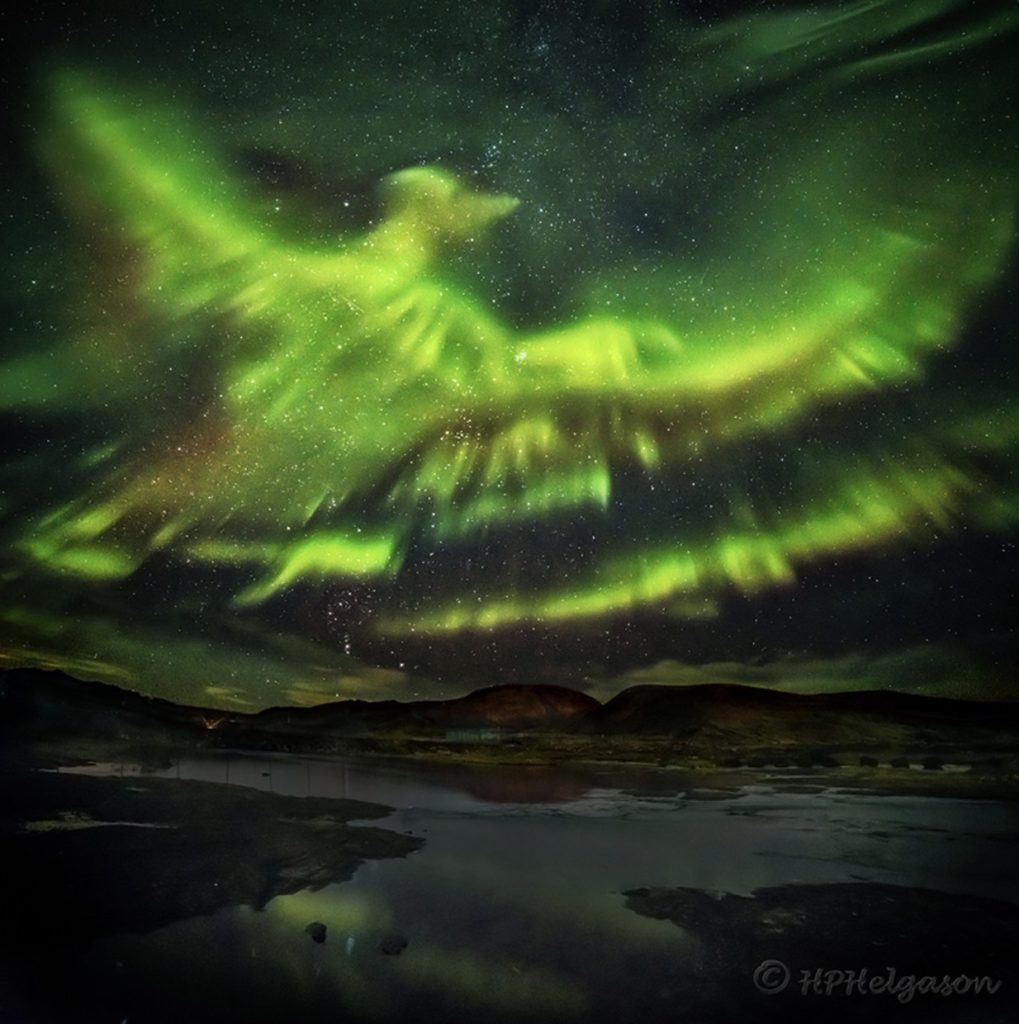
How to Maximize Your Chances of Seeing the Northern Lights in Iceland
Use real-time aurora forecasts to plan your Northern Lights hunt. Trusted sources include:
- Icelandic Meteorological Office Aurora Forecast
- NOAA Space Weather Prediction Center
- Aurora Forecast by Sævar Helgi Bragason, Iceland’s stargazer in chief.
You can also join a Northern Lights tour with expert guides who know the best viewing spots based on weather and solar conditions.
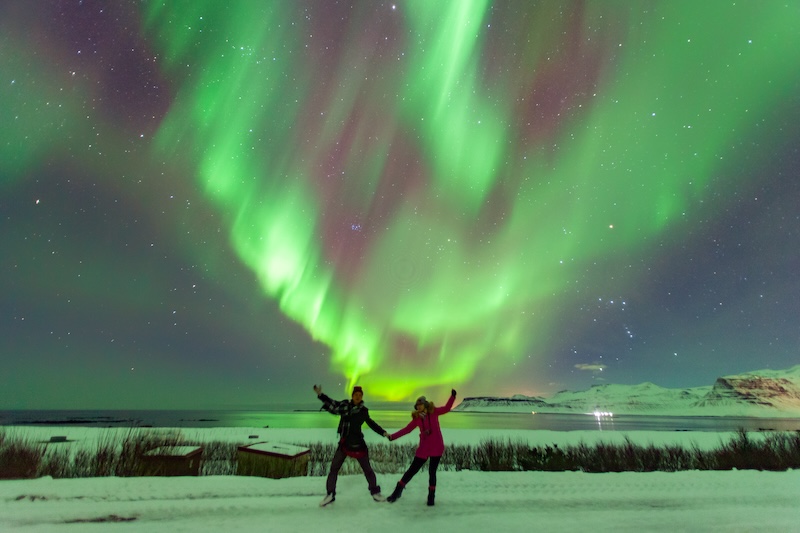
Save on Northern Lights tours by subscribing to the Stuck in Iceland Travel Magazine
Pro tip: Subscribe to my free newsletter to instantly receive exclusive discount codes for Northern Lights tours, car rentals, and exhibitions in Iceland.

Save 10% on the Best Northern Lights Tours in Iceland with Gravel Travel
Looking for the ultimate Northern Lights experience in Iceland? Gravel Travel’s new 2025 – 2026 Northern Lights tours combine adventure, comfort, and expert guidance—and Stuck in Iceland newsletter subscribers get an exclusive 10% discount. Choose between a rugged Super Jeep photography tour or a budget-friendly minibus tour from Reykjavík, both featuring hot chocolate, Icelandic pastries, cozy blankets, and professional aurora photos. Every tour now includes entry to the Reykjavík Aurora Northern Lights Center, where guests enjoy interactive exhibits and a 4K aurora film before heading into the wild. With a 98% success rate and a free re-book guarantee if the lights don’t appear, these tours offer one of the most magical—and reliable—ways to see the aurora in Iceland. Sign up for the free Stuck in Iceland Travel Newsletter to claim your discount code instantly.
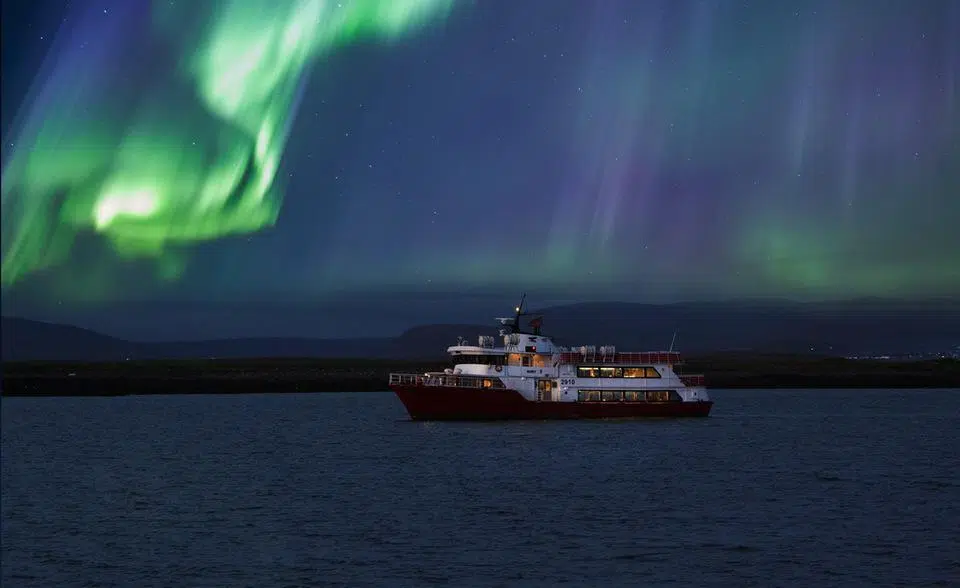
See the Northern Lights by Boat in Reykjavík – Get 10% Off Elding Tours
Looking for a unique way to see the Northern Lights in Iceland? Join a Northern Lights boat tour with Elding, where you can enjoy the aurora far from city lights and even combine your experience with whale watching. Out at sea, you’ll have panoramic views of Reykjavík and its surroundings—without the glare of urban light pollution. Elding offers several options, including the Reykjavík Northern Lights Cruise and the Superior Northern Lights Expedition on Viðey Island, both designed to maximize your chances of seeing the aurora. Sign up for the free Stuck in Iceland Travel Newsletter to receive exclusive 10% discount codes for Elding’s Northern Lights and whale watching tours.
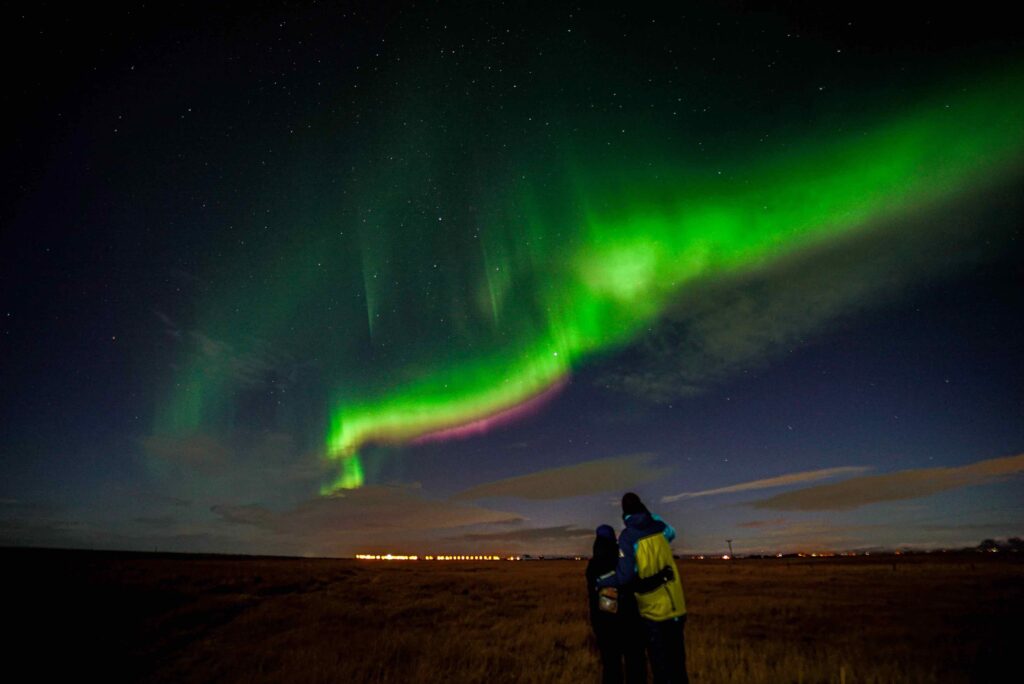
Enjoy the Journey, Not Just the Lights
The Northern Lights are a reminder that nature doesn’t perform on command — and that’s what makes seeing them so special. Whether you catch a bright display or just a faint shimmer, the experience of waiting together under the Icelandic sky is unforgettable.
If you’re traveling with children, turn the search into an adventure. Teach them the science behind the aurora — how charged solar particles collide with Earth’s atmosphere to create light. It’s the perfect mix of science, storytelling, and magic.
Frequently Asked Questions About the Northern Lights in Iceland
The Northern Lights are one of Iceland’s greatest natural wonders, but seeing them can be unpredictable. Below are answers to the most common questions about when, where, and how to see the aurora, along with practical tips from local experts on making the most of your experience.
When is the best time to see the Northern Lights in Iceland?
The Northern Lights are most visible in Iceland from September to April, when the nights are long and dark. Activity often peaks around the autumn and spring equinoxes. The best time of night to look is usually between 10:30 p.m. and 1:00 a.m.
Where are the best places to see the Northern Lights in Iceland?
You can see the Northern Lights anywhere with dark, clear skies and little light pollution. Near Reykjavík, good spots include Grótta Lighthouse on the Seltjarnarnes peninsula, Öskjuhlíð Hill near Perlan, and Elliðaárdalur Valley.
Outside the capital, excellent areas include the South Coast, the Snæfellsnes Peninsula, the Westfjords, and North Iceland. If it’s cloudy in one region, check the forecast for other parts of the country—it’s often clear in the north when it’s overcast in the south.
Do the Northern Lights only appear when it’s cold?
No. That’s a common myth. The aurora has nothing to do with temperature or winter weather. It happens when charged particles from the sun collide with Earth’s atmosphere, exciting oxygen and nitrogen atoms that emit light. The Northern Lights are present all year round, but they can only be seen when the sky is dark—so not during Iceland’s bright summer months.
What affects Northern Lights visibility the most?
The main factors are solar activity, cloud cover, and light pollution. Clear skies and high solar activity give you the best chance of seeing the aurora. Check aurora forecasts from the Icelandic Meteorological Office, NOAA’s Space Weather Prediction Center, or the Iceland at Night website before heading out.
What should I wear or bring on a Northern Lights hunt?
You don’t need any special equipment to enjoy the Northern Lights—your eyes are enough. For photography, bring a tripod and a camera with manual controls for exposure and ISO. For stargazing, binoculars are excellent for viewing the Milky Way and planets. A 6- or 8-inch Dobsonian telescope is a great choice for beginners who want to explore deeper space objects.
What equipment do I need to see or photograph the Northern Lights?
You don’t need any special equipment to enjoy the Northern Lights—your eyes are enough. For photography, bring a tripod and a camera with manual controls for exposure and ISO. For stargazing, binoculars are excellent for viewing the Milky Way and planets. A 6- or 8-inch Dobsonian telescope is a great choice for beginners who want to explore deeper space objects.
How do I Save on Northern Lights Tours?
Sign up for the Stuck in Iceland Discount codes to instantly receive discount codes for northern lights tours.


